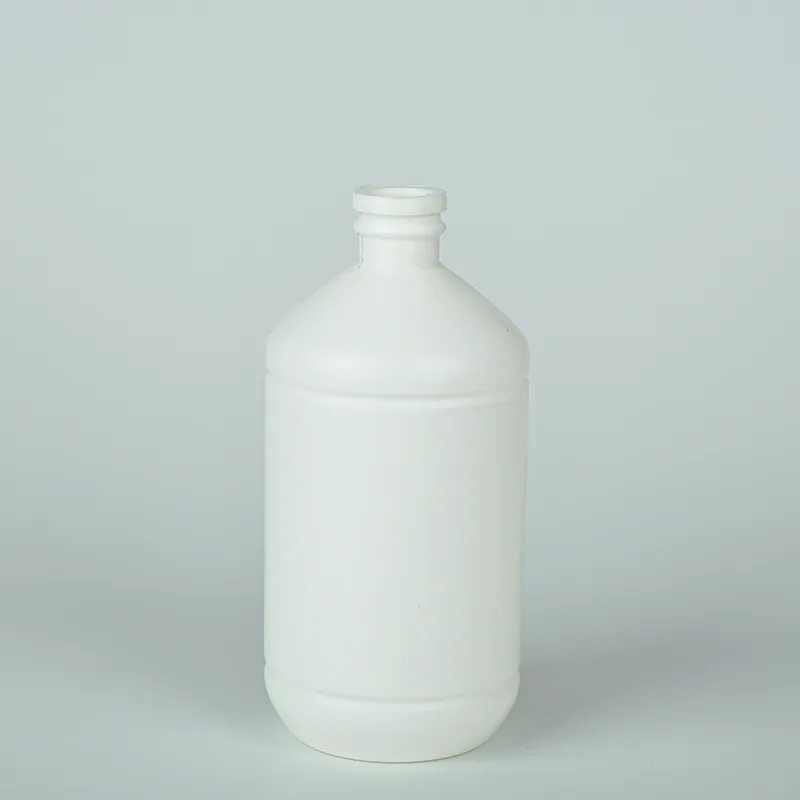https://www.wahmg.com/)">
polystyrene petri dish autoclave
polystyrene petri dish autoclave
Polystyrene Petri Dishes and Autoclaving Essential Considerations for Laboratory Practices
Polystyrene Petri dishes are an integral component of microbiological and cell culture laboratories. These shallow dishes provide a sterile, convenient surface for the growth of microorganisms, cells, and tissues. However, one of the key aspects of using these dishes effectively is understanding the process of autoclaving, a standard method of sterilization in scientific research.
Polystyrene Petri Dishes and Autoclaving Essential Considerations for Laboratory Practices
Polystyrene, a type of plastic commonly used in laboratory dishware, has several advantages. It is lightweight, inexpensive, and provides excellent optical clarity, allowing researchers to observe and analyze the cultures easily. However, polystyrene has limitations when subjected to the high temperatures and pressures of autoclaving. The typical autoclave cycle operates at around 121 degrees Celsius (250 degrees Fahrenheit) for 15 to 20 minutes, conditions that can deform or melt polystyrene dishes.
polystyrene petri dish autoclave

Due to this sensitivity to heat, researchers often must select alternative methods for sterilizing polystyrene Petri dishes. One common approach is to use disposable pre-sterilized dishes. These dishes are manufactured under sterile conditions and do not require autoclaving, thus ensuring that they remain uncontaminated before use. This not only saves time but also minimizes the risk of contamination that could occur during the autoclaving process.
For laboratories that do not have access to pre-sterilized products, another option is to use an alternative method such as gamma radiation or ethylene oxide gas sterilization. Both methods can effectively sterilize polystyrene dishes without compromising their integrity, allowing for safe use in microbiological experiments.
Additionally, researchers should be aware of the proper handling procedures for Petri dishes before and after use. Maintaining a sterile environment during the transfer and inoculation processes is essential for obtaining reliable experimental results. Using gloves, working near a flame, and utilizing sterile tools can help prevent contamination.
In summary, polystyrene Petri dishes are an invaluable tool in laboratory research, but their compatibility with autoclaving poses challenges. By opting for pre-sterilized dishes or alternative sterilization methods, researchers can ensure that their tools remain uncontaminated, thus promoting accurate and reproducible results in their experiments. Understanding these considerations is crucial for effective laboratory practices and for advancing our knowledge in the fields of microbiology and cellular biology.
-
Wholesale Plastic Juice Bottles with Caps 16 oz Options Available Bulk Packaging SolutionsNewsJun.10,2025
-
Laboratory Apparatus Reagent Bottle – Durable & Chemical Resistant Bottles for Safe StorageNewsJun.10,2025
-
Squeezable Dropper Bottles Durable, Leak-Proof & CustomizableNewsMay.30,2025
-
Affordable Plastic Petri Plates Sterile & Disposable Lab-GradeNewsMay.30,2025
-
Eye Dropper Caps Precision 24/410 & Plastic Bottle-Compatible TipsNewsMay.30,2025
-
Affordable Mini Spray Bottle Price & Wholesale Deals Shop NowNewsMay.29,2025





















